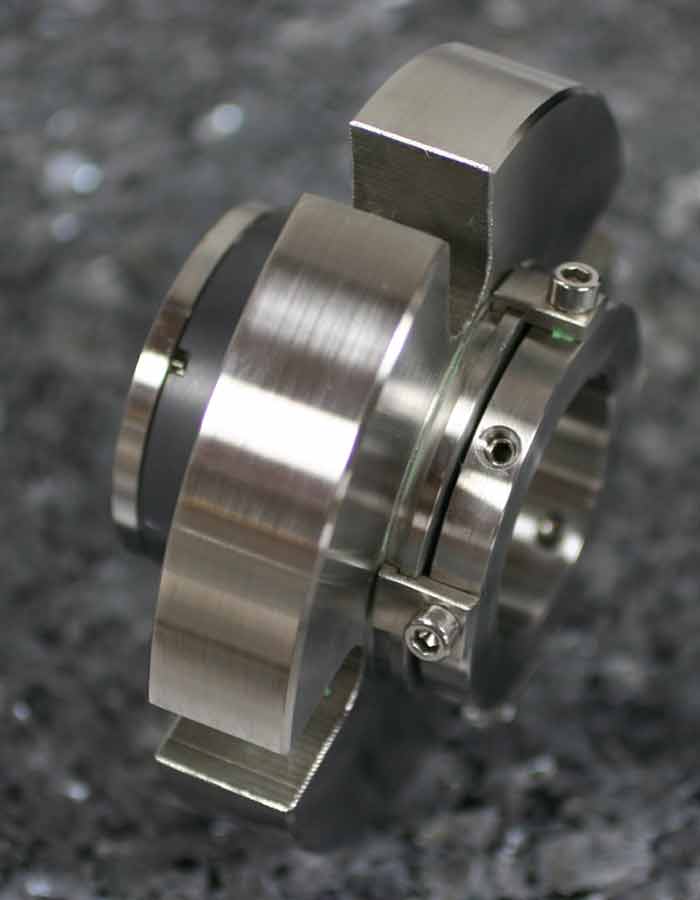Seals are essential components in many industrial applications, including automotive, aerospace, and manufacturing. They are used to prevent leakage, contamination, and friction between two moving parts. Seals come in different shapes, sizes, and materials, but they can be broadly classified into two basic types: static seals and dynamic seals. In this article, we will explore these two types of seals in detail, their applications, advantages, and disadvantages.
Static Seals
Static seals are designed to prevent fluid or gas leakage between two stationary surfaces. They are commonly used in applications where there is no relative motion between the sealing surfaces. Static seals can be further classified into two subtypes: gasket seals and O-ring seals.
Gasket seals are flat or profiled seals made of materials such as rubber, cork, or metal. They are used to seal flanges, valves, and other static joints. Gasket seals are easy to install and replace, but they are not suitable for high-pressure or high-temperature applications.
O-ring seals are circular seals made of elastomeric materials such as rubber or silicone. They are used to seal static joints that require a tight seal, such as hydraulic systems, pumps, and valves. O-ring seals are easy to install, have a low cost, and can withstand high pressures and temperatures.
Dynamic Seals
Dynamic seals are designed to prevent fluid or gas leakage between two moving surfaces. They are commonly used in applications where there is relative motion between the sealing surfaces. Dynamic seals can be further classified into two subtypes: rotary seals and reciprocating seals.
Rotary seals are used to seal rotating shafts or spindles. They are commonly used in applications such as pumps, motors, and gearboxes. Rotary seals can be further classified into lip seals, labyrinth seals, and mechanical seals.
Lip seals are made of elastomeric materials and have a lip that contacts the shaft or spindle. They are easy to install and have a low cost, but they are not suitable for high-speed or high-temperature applications.
Labyrinth seals are made of metal or plastic and have a series of grooves that create a tortuous path for the fluid or gas to pass through. They are suitable for high-speed applications but are more expensive than lip seals.
Mechanical seals are made of two flat surfaces that are pressed together by a spring. They are suitable for high-speed and high-temperature applications but are more expensive than lip and labyrinth seals.
Reciprocating seals are used to seal pistons or cylinders that move back and forth. They are commonly used in applications such as hydraulic and pneumatic cylinders. Reciprocating seals can be further classified into piston seals and rod seals.
Piston seals are used to seal the piston against the cylinder wall. They are commonly made of elastomeric materials and have a lip that contacts the cylinder wall. Piston seals are easy to install and have a low cost, but they are not suitable for high-pressure or high-temperature applications.
Rod seals are used to seal the rod against the cylinder wall. They are commonly made of elastomeric materials and have a lip that contacts the rod. Rod seals are easy to install and have a low cost, but they are not suitable for high-speed or high-temperature applications.
Conclusion
In conclusion, understanding the two basic types of seals is essential for selecting the right seal for your application. Static seals are used to prevent fluid or gas leakage between two stationary surfaces, while dynamic seals are used to prevent fluid or gas leakage between two moving surfaces. Each type of seal has its advantages and disadvantages, and selecting the right seal requires careful consideration of factors such as pressure, temperature, speed, and material compatibility. By understanding the different types of seals and their applications, you can ensure that your equipment operates efficiently and reliably.




+ There are no comments
Add yours